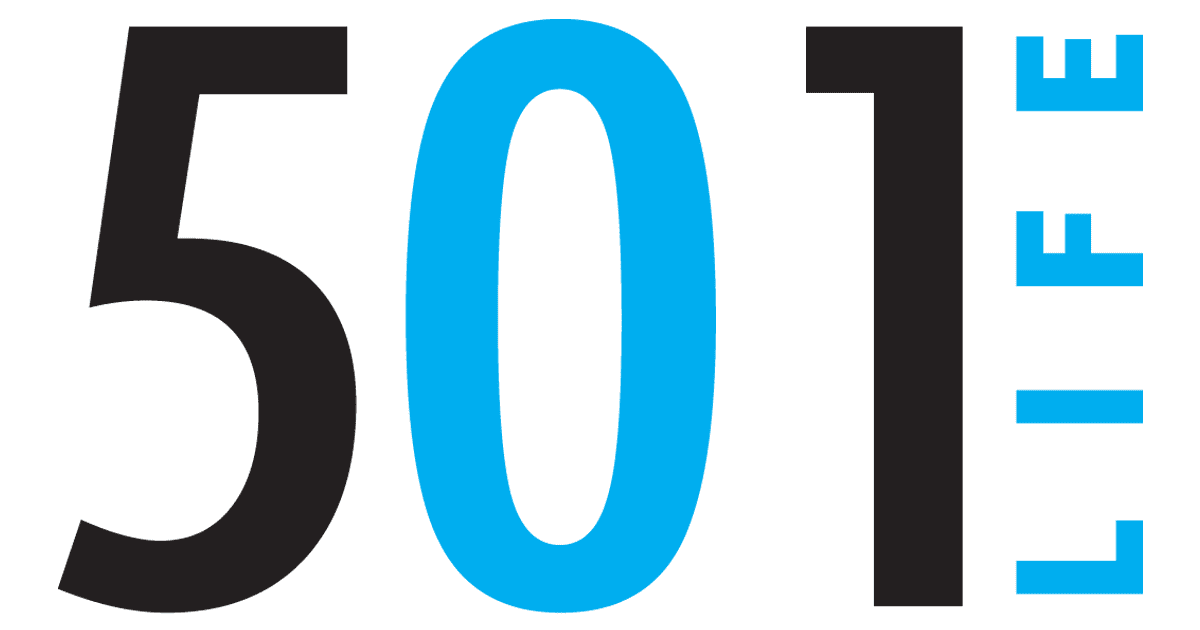
18 Feb 2012 GREEN THUMB – Cooperative Extension offers help in the garden
by Kiera Ester
For those who want to live a healthier lifestyle, growing fruits and vegetables may be the way to go.
The process of growing a tomato may take longer than just going to a local grocery store and picking one up, but the reward will be greater and the price less expensive. The same goes for peppers, onions, basil, oregano or any other vegetable or herb easily grown at home.
Kami Marsh, agriculture agent at the Faulkner Cooperative Extension Service, believes that the reason people want to grow their own fruit, herbs and vegetables is the need for a healthier lifestyle.
“People are being more health- conscious, which is becoming a local and national movement,” she said.
Marsh knows what it takes to make a successful garden, whether it is on 1,000 acres or in an apartment. For those who are just starting out and do not have that “green thumb,” Marsh recommends something simple. She said that the most important key in growing produce is doing research first. “You should definitely get the right information and education before growing your own vegetables, fruits and herbs.”
According to Marsh, the Internet is the best resource for informa- tion on gardening. She suggests the UofA Cooperative Extension Ser- vice website (uaex.edu or arhomeandgarden.org), where you can key in the food item you would like to grow and a fact sheet about that item will appear. The fact sheet provides information on what is needed to grow the food, how to take care of the plants and how to prepare the food whenever it is ready to be eaten. On the website, a year-round home garden planting guide can be found with tips on which crops to grow during each month.
Marsh and the Faulkner County Cooperative Extension team do a lot to provide information to the community about growing their own food. They work with anyone from senior citizens to elementary school students.
Marsh believes that it is important for people to know exactly what they are consuming, and she says growing your own food increases that knowledge. The team is working on projects to assist those in the community with growing their own crops.
There are several food items that grow well inside a home in a simple container.
“Basil can be grown in a container or whatever you like because it maintains its size,” Marsh said. “Literally, you water it, you keep it in a pot, you pick the flowers off and that’s it.”
Marsh also suggests planting a salsa garden with tomatoes, peppers and cilantro in a container, though it has to be much larger.
For more information, visit the Extension Service website or call 501.329.8344.
Growing a garden takes time and effort, Marsh said, but the reward of saving money and knowing what is consumed is worth it.
How to grow basil:
Choose a container of the size of basil you would like to grow – a smaller pot for a smaller amount of basil and a bigger pot for a larger amount. Make sure that the pot has drainage holes in the base. Add small stones to the base to ensure that the water will drain without the soil leaving the pot.
Purchase high-quality potting mix to add to the container. The potting mix can be found at local garden centers.
Make small holes in the soil to place the seeds. Generally, you can use your finger or a small tool. The hole should be deep enough to cover the roots and a short portion of the stem.
Push the soil down gently around the basil seed. Water the plant generously without flooding the plant. Water the plant daily.
Place the plant in an area, such as a window, in which it will re- ceive the most sun. Direct sunlight will burn the basil easily. Healthier plants grow in partial shade.
Harvest the leaves after the plant develops several leaves. Pick any leaves that have a brown discoloration.








